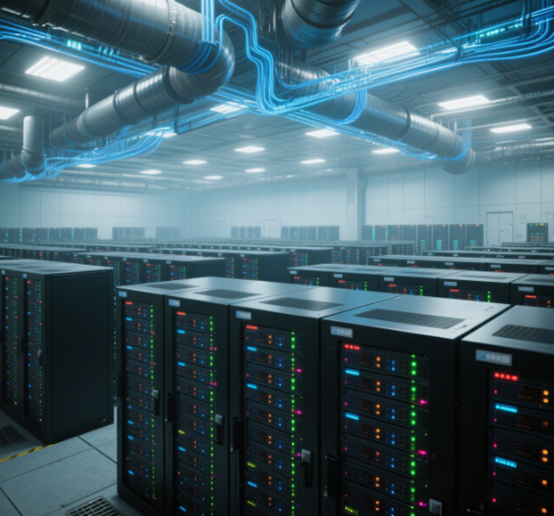When we talk about website optimization, CDN acceleration and server caching are two key concepts that are often mentioned. So, what is the difference between CDN acceleration and server caching? What roles do they play in website optimization? The following will analyze these issues in detail to help you better understand the differences and application scenarios of these two optimization tools.
CDN acceleration and server caching are both technologies used to improve website performance and reliability, but they have obvious differences in operating principles and usage scenarios.

CDN acceleration:
CDN acceleration (Content Delivery Network), as the name suggests, speeds up the transmission of website content through cache servers distributed around the world. These cache servers will select the server closest to the user to provide content based on the network environment of the user's location, thereby reducing network latency and improving website response speed.
Advantages:
1. Speed up website loading and improve user experience.
2. Share server pressure and reduce failure rate.
3. Global coverage, which can achieve cross-border access acceleration.
Disadvantages:
1. The implementation cost is high, and cache servers need to be deployed in multiple regions around the world.
2. There are certain requirements for website architecture and content management.
CDN acceleration
Server cache:
Server cache refers to storing data or resources that the website needs to access frequently on the server, so that when the user visits again, the data can be read directly from the cache, avoiding requests to the original server.
Advantages:
1. Reduce the load on the original server and improve the response speed of the website.
2. Content can be preloaded and optimized on the server side to improve user experience.
3. To a certain extent, it can protect the security of website data.
Disadvantages:
1. There are high requirements for server hardware and network environment.
2. It is not suitable for large and dynamic content websites because cache update and management are more difficult.
When choosing to use CDN acceleration and server cache, you need to choose the most appropriate solution based on your own business needs and website characteristics. Generally speaking, CDN acceleration is suitable for improving the transmission speed of static resources, such as pictures, videos, CSS/JS files, etc.; while server cache is more suitable for processing dynamic content, such as database queries, complex calculations, etc. Of course, these two optimization strategies can also be used flexibly for different scenarios to achieve the best website performance.
In short, although CDN acceleration and server cache are both important tools for website optimization, there are obvious differences in working principles, application scenarios and optimization effects. As a website administrator or SEO expert, we need to choose the appropriate optimization plan according to the actual situation to improve the access speed and reliability of the website and provide users with a better experience.

 DNS Intelligent Resolution
DNS Intelligent Resolution

 Custom Authoritative DNS
Custom Authoritative DNS
 Cloud Computing Services
Cloud Computing Services
 Server Rental
Server Rental
 DDoS protection
DDoS protection
 About DNS.COM
About DNS.COM
 Support
Support
 Contact Us
Contact Us
 AFF
AFF
 API Docs
API Docs

 CN
CN
 EN
EN













